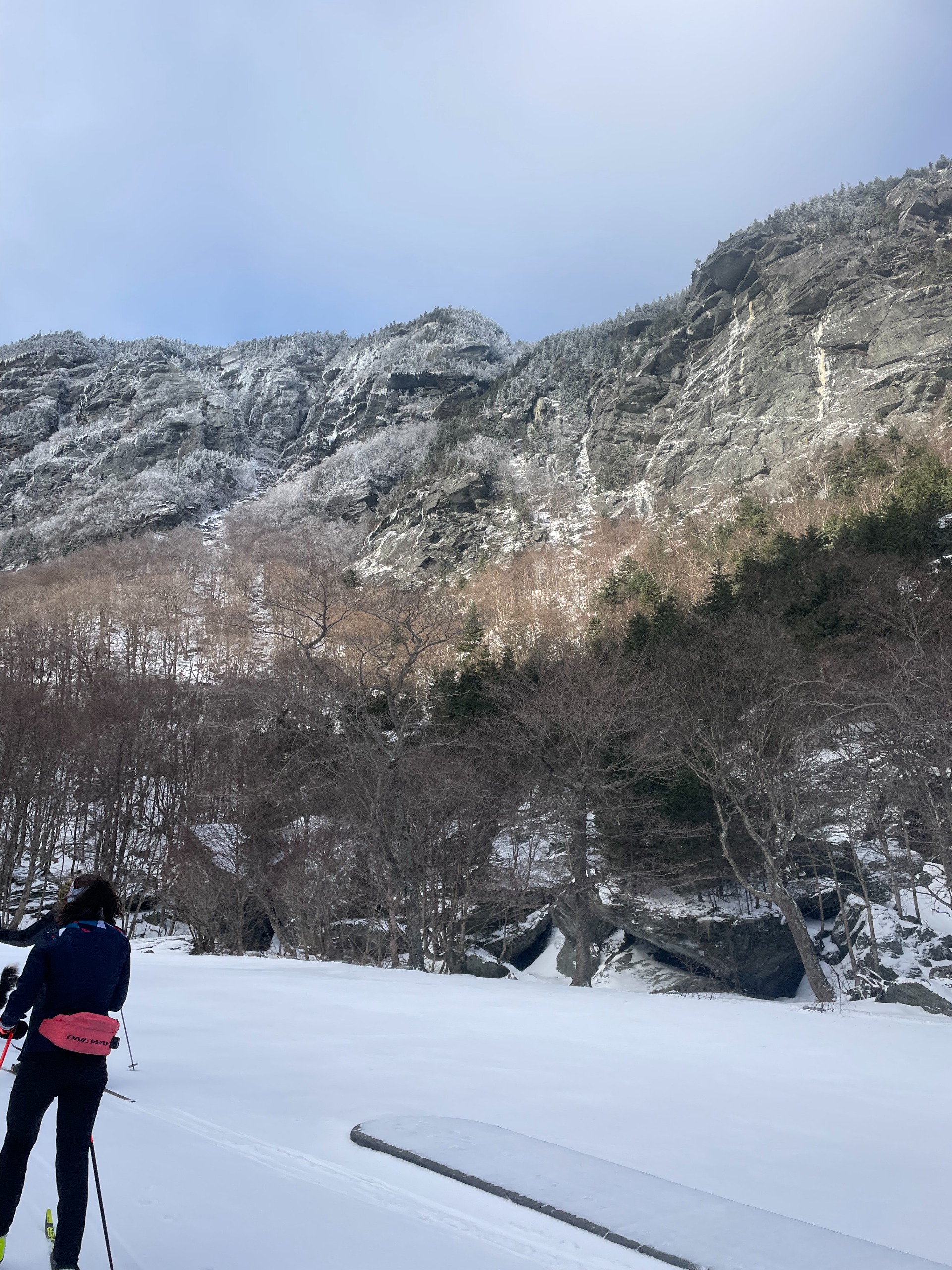Posted by Annie McColgan on Dec 8th 2023
Why You Should Watch the World Cup
As winter racing season for domestic in the US racers lies just around the corner, with races in just a few weeks, the World Cup season is already off to a roaring start over in Europe. With consistent podium performances from both Rosie Brennan and Jessie Diggins, the United States has come out swinging the first few weekends in Ruka and Sweden. However, this article is not a wrap up summary of results and race weekend drama. I’m a firm believer that watching good skiing, and thinking about good skiing, translates to good skiing on the course. Visualization from a physical and mental standpoint for competitors and recreational skiers alike is a valuable benefit from watching world cup racing every weekend.
Growing up on the West Coast it was nearly impossible for me to ever get to watch a race weekend live. Often times, my mom whose work schedule impacts her crazy sleep schedule as an on-call doctor, would come out in the morning and say, “Did you see *insert name here* podiumed?!” or “Did you see *insert name here* crash?!” My answer, as I was never awake during the live 3AM watch party, “No. Thanks for the spoiler.” If by some miracle my mom did not happen to watch the world cup that night, if I was really into it, I would be extra careful to not check my social media for any spoilers, and not to talk about ~what happened~ at practice. These days, I’m not quite as dedicated to the blind approach of race watching. One thing I believe all North Americans (particularly those who live in the Alaskan Time Zone) will enjoy about the North American World Cups, is the ability to not have to wake up at an ungodly hour to watch the action live.
However, I believe it is important to recognize the values of watching world cup racing outside of the entertainment factor. Supporting the visibility of our sport is a crucial part of supporting our athletes over the pond, however I also find that watching World Cup we also get better at skiing ourselves.
When I first skied overseas on a World Cup course as a U18 in Otepää Estonia, it was shortly after the world cup had just taken place there. We had watched it for strategy and technique learning as young athletes but when we arrived at the course to ski those hills, it was astounding to imagine the speed at which the top athletes were generating on them. The more World Cup I watch, sometimes I can get a bit numb to the fact of how fast the top skiers are actually going. But that is a bit obvious… World Cup skiers go fast. What can we learn from it?
First and obviously technique visualization. If you log onto YouTube, and head over to Assistant Coach of the UVM Ski Team, Brandon Herhusky’s YouTube channel, among a lot of awesome UVM technique videos (shameless plug here), you will also find a playlist of World Cup Visualization Videos. One, a double pole visualization video with slow motion action of JC Schoomaker and Johannes Klaebo in the Ruka Classic Sprint with 19,000 views. Another, with 16,000 views of some distance striding action of Krista Parmakoski and Frida Karlsson. What is obvious here is that people aren’t just watching World Cup for entertainment, but also to visualize what they themselves would like to look like in their own skiing.
But I think the flip side of this argument. It is not only valuable to watch skiers when they are having some of their best days, with their best technique, best speed, and best results. It is equally, if not more important, to watch skiers persevere through conditions of bad snow, an
off-waxing day, or obvious fatigue like in the end of the Tour de Ski. Not only is watching athletes in moments of perseverance inspiring for obvious reasons, but it reminds us that not even the best skiers do not only get their best day. I remember as a highschooler, watching the Tour de Ski footage of Ingvild Flugstad Oestberg push her way up the steepest climb, slip three times in a row, and continue skiing with perfect technique without losing a second of time to the pack. Handling bad days and conditions is all a part of the long-term game when it comes to skiing.
At the end of the day, if you aren’t watching the World Cup for the entertainment, self-betterment, or scientific analysis, you might as well watch it to support the crew of North American skiers overseas. Speaking for myself, not someone who has competed in a World Cup, I always feel a bit better going into a race like US Nationals knowing that my mom is watching on the Live Stream. Support, even if it is an invisible viewer, goes a long way for racers.
So far, my weekend mornings have been filled with brewing a cup of coffee, working on the New York Times connections game with my roommates, and setting up a computer to watch what is ever left of the World Cup action. And so far, so good.


